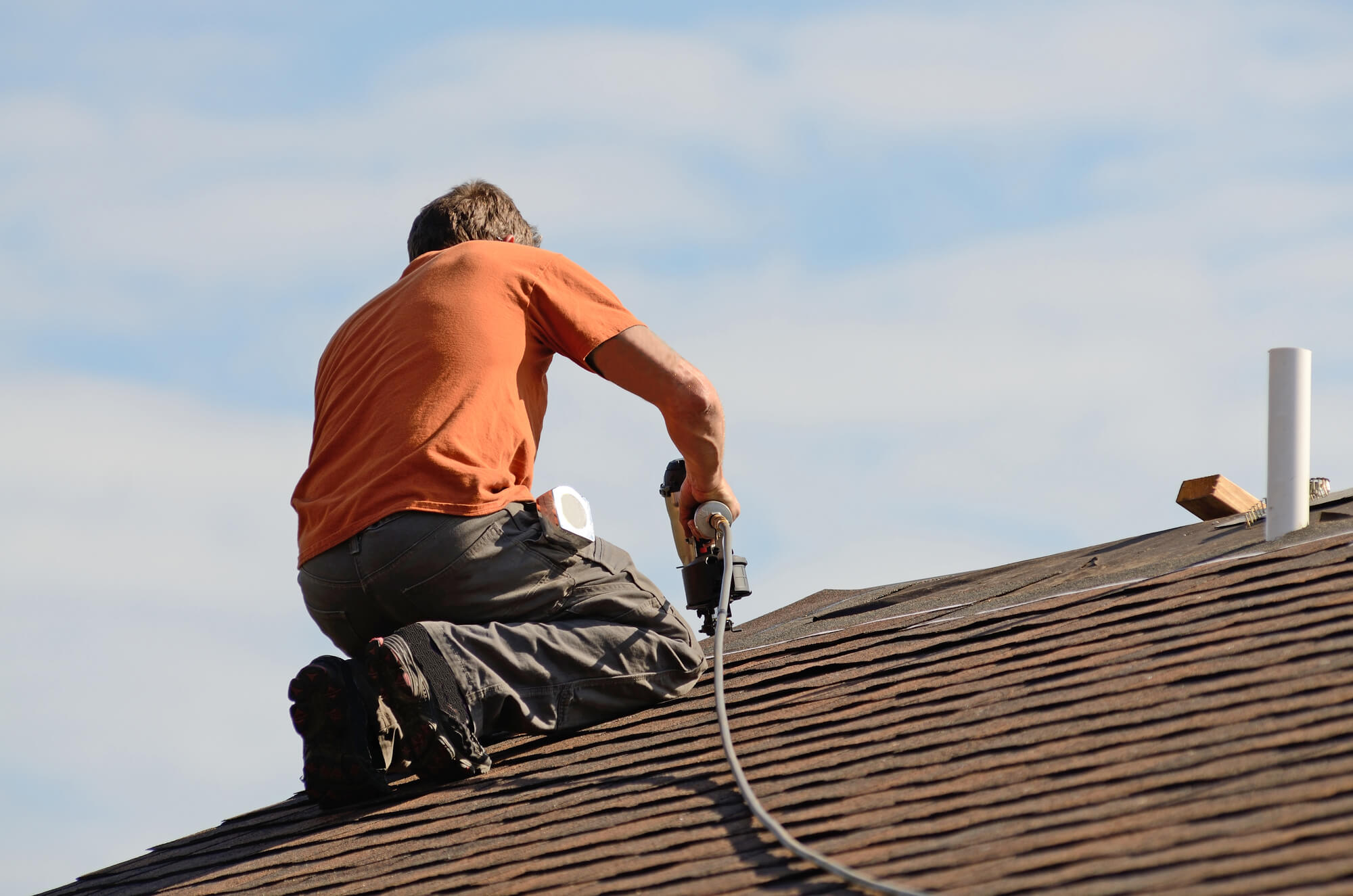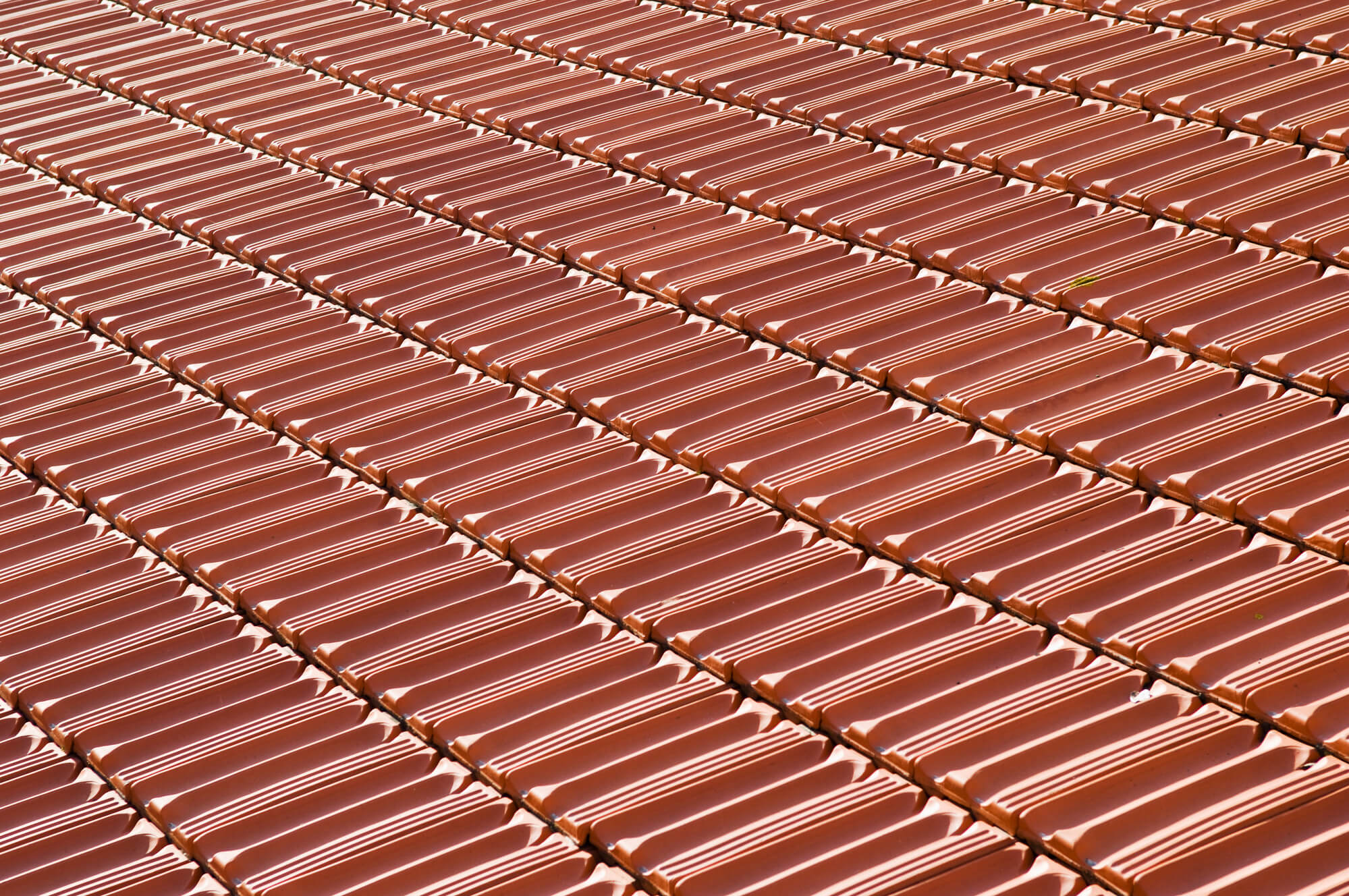June 30, 2024
Beyond Aesthetics: Combining Design and Functionality in Commercial Roofing
Many commercial property owners make the initial mistake of prioritizing aesthetics when
The importance of commercial roofing should not be overstated, especially in Texas, where weather conditions can be extreme and unpredictable. Maintaining and repairing commercial roofs poses many problems for building owners and managers, but the situation also presents several possibilities to improve the efficiency and sustainability of their buildings. This guide describes the most popular roofing materials and the challenges and opportunities of commercial roofing in Texas to make it easier for building owners and managers to navigate this complex landscape.

Asphalt shingles are a popular roofing option due to their affordability and ease of installation. They are made of organic cellulose fibers or inorganic glass fiber and coated with durable asphalt, making this roofing material resistant to changing conditions and weather damage. Since asphalt shingles are also easy to install, building owners and managers can save money and time when choosing this roofing option. Finally, asphalt shingles come in various colors and styles, making them a versatile choice for commercial buildings.
However, asphalt shingles are vulnerable in places with much vegetation, as leaves and debris can build up and damage the roof. Therefore, asphalt shingles require frequent maintenance to prevent future costly repairs. Asphalt shingles don't have as much insulation value as other roofing materials, increasing a building's energy bill.
Roof coatings are a cost-effective way to extend the life of a commercial roof. They are made from various materials, including silicone, acrylic, and polyurethane. Coatings go over a building's roof and decrease heat transfer, preventing roofing materials from contracting and expanding. As a result, roofs are safe from weather damage, UV rays, and other environmental factors and are less prone to leaks and repairs. Coatings also reduce energy costs by reflecting sunlight and keeping the building cooler. Still, roof coatings require regular maintenance and are only suitable for some types of roofs.
Many building owners and managers opt for concrete or clay tiles, two of the most common roof types. Both options are baked at high temperatures and can be flat or curved, offering a heavier, more traditional alternative.
Because of their durability, concrete and clay tiles can withstand extreme temperature changes, high winds, fire, and hail. But building owners must pay close attention to water damage, as concrete and clay absorb humidity and can quickly get mold and stains. Their weight also makes them harder to put in place, which might lead to higher installation costs.
EPDM is a synthetic roofing material that is easy to install and can last over two decades. This roofing option is eco-friendly since it's made of recyclable materials and protects a building from extreme temperatures and UV rays. EPDM is convenient, but the material isn't as aesthetically pleasing as other roofing options and needs proper maintenance and replacement because it shrinks over time.
Foam roofing systems are made from polyurethane foam and elastomeric coatings, creating a seamless, waterproof, and reflective barrier on the roof. Foam systems are lightweight and easy to install, making them a cost-effective option for many buildings. Foam systems still require owners and managers to maintain the material, and foam can only be placed under specific conditions without dampness and high humidity.
Like roof coatings, metal roofs are reflective surfaces that keep UV light and high temperatures away from the building. Depending on the type of metal, this material is also highly-resistant and can last decades if maintained properly. However, metal roofs can be expensive to install and tend to make noise when heavy rain strikes. Proper installation is also crucial, as water can accumulate and corrode the material, leading to water leaks.
Modified bitumen is made from a combination of asphalt and synthetic materials, meaning the material contracts and expands without affecting the flexibility and composition of the roof. Modified bitumen is also stronger than other options, as the material can resist foot traffic, accumulation of dirt and debris, and weather extremes.
Modified bitumen might be durable and convenient, but the installation can be expensive and laborious. The material absorbs instead of reflecting sunlight, creating a hotter environment that needs cooling and increasing energy use.
TPO, or thermoplastic polyolefin, is a thin roofing material and a more affordable option than its synthetic counterpart EPDM. Since TPO roofs are made of polypropylene, they are elastic and flexible, meaning they're resistant to the contraction and expansion caused by heat. They are also easy to carry and install, making them a cost-effective option among building owners and managers. However, TPO roofs are laminated and have seams, which create weak spots for water, mold, and debris to access the building and produce extensive internal damage.
Wood shakes are a traditional roofing material still popular for their natural beauty and durability. They are made from split logs and can be treated to resist weather damage and fire. Wood shakes are available in different shades and styles, making them versatile and charming. However, they require regular maintenance to prevent rot and decay and may not be suitable for areas with high fire risk.

Texas experiences various weather conditions that can take a toll on commercial roofs. Heavy rain, high humidity, hurricanes, and tornadoes can tamper with the structure of a building's roof regardless of the material, creating openings for water to seep through and cause internal damage. Additionally, the extreme heat in Texas expands and contracts roofs, increasing the chances of cracks and forcing building owners and managers to invest in repairs.
Maintaining commercial roofs in Texas presents several challenges for building owners and managers. The extreme heat can make it difficult for employees to access and work on the roof, as they can experience dehydration and heat strokes. Additionally, the intense sunlight in Texas can cause roofing materials to deteriorate over time, leading to leaks and other issues. Regular maintenance is critical to prevent and address these issues but it can be costly and time-consuming.
Building codes and regulations in Texas can be complex and challenging to navigate. Building owners and managers must ensure that commercial roofs meet all relevant safety standards and environmental regulations. Compliance with these regulations can be expensive and take time, and changes to current norms can impact the cost and complexity of commercial roofing projects.
Choosing a suitable roofing material for a commercial building in Texas is a critical decision. The roofing material must withstand the extreme weather conditions and intense sunlight in the region. Additionally, improper installation can lead to leaks, wall and floor damage, and poor insulation and energy efficiency. Replacing or repairing commercial roofs in Texas can be expensive, and choosing the right contractor is crucial to avoid costly mistakes and delays.
Choosing commercial roofing installation and maintenance can improve the safety of the building and occupants by reducing the risk of severe water damage, mold formation, and collapse. An old, damaged, or leaking roof can pose a significant hazard to the people inside a building.
Building owners and managers are responsible for ensuring the safety of their employees, as well as of their customers when they own facilities in the hospitality, senior living, or healthcare sectors. Owners can ensure the construction is structurally sound and meets current safety standards by installing, repairing, and maintaining a commercial roof.
Another benefit of getting commercial roofing services is improved durability. A new or restored roof can be made of more resistant materials, such as metal or PVC, which can withstand harsh weather conditions and last longer than traditional roofing options. Commercial roofing firms can also install coatings after restoring and repairing a commercial roof to provide extra protection against extreme temperatures, wind, water and fire damage, and hurricanes. This and other measures can increase the lifespan of a commercial roof and reduce the need for costly future repairs.
Sustainability and eco-friendliness are becoming increasingly crucial for businesses in Texas. The commercial roofing industry offers building owners and managers opportunities to reduce their carbon footprint through energy-efficient roofing solutions. There are also government incentives available for businesses that invest in energy-efficient roofing. Commercial roofing installation, restoration, and repair allow building owners in different sectors to invest in sustainable options and get increased revenue in the long run.
The roof of a commercial building plays a crucial role in its aesthetics. The use of visually-appealing roofing materials and designs can help businesses differentiate themselves in the market and create a unique brand identity. For instance, commercial buildings in the hospitality sector going for a more family-friendly approach might choose a cozier look with wood shakes. The availability of a wide range of roofing materials and designs presents an opportunity for businesses to choose a roof that complements their brand and enhances the looks of their building.

BlueTeam is equipped with the necessary skills and resources to handle various commercial roofing needs, such as emergency services, roof repairs, and new and re-roofing projects. We can respond promptly and effectively to roofing situations across all commercial sectors. Be it a national or international project, we've got you covered. Please get in touch with us today to learn more about our services and request a quote.